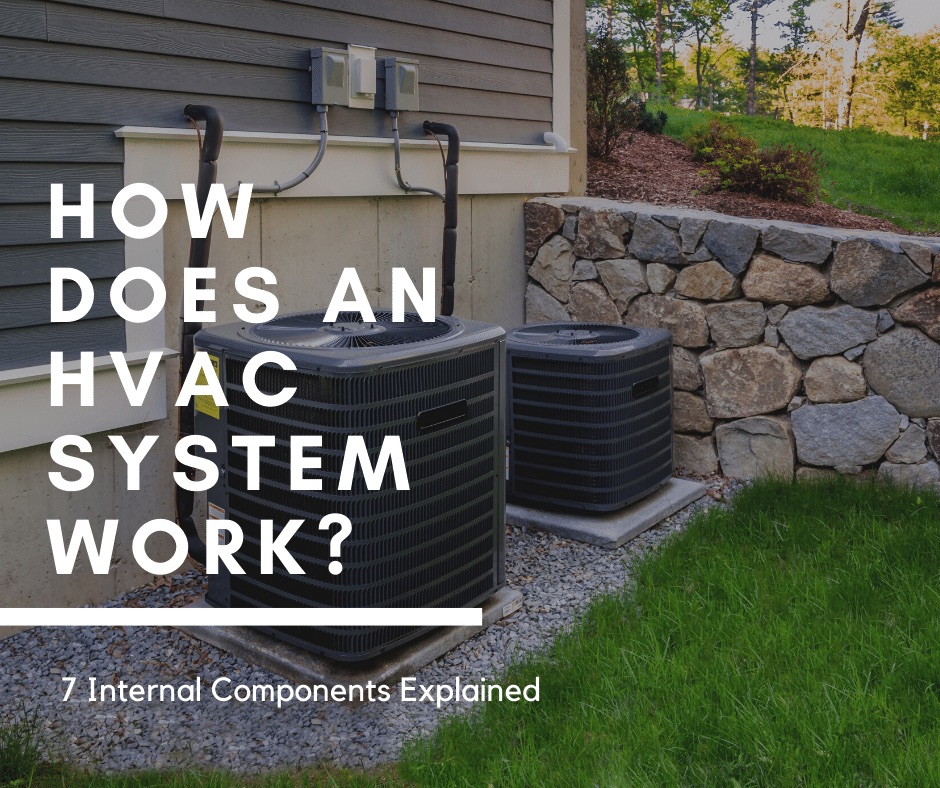
Quick Summary of How Does An HVAC System Work (Internal Components Explained):
With the winter months approaching, it’s time to start thinking about your HVAC system. The last thing you want is your HVAC system going out when it’s freezing outside. But in order to really know the status, you need to be able to answer an important question: How does an HVAC system work?
How much do you know about its inner workings? Does you HVAC knowledge go past pushing buttons on the thermostat? Or is that the extent of what you know?
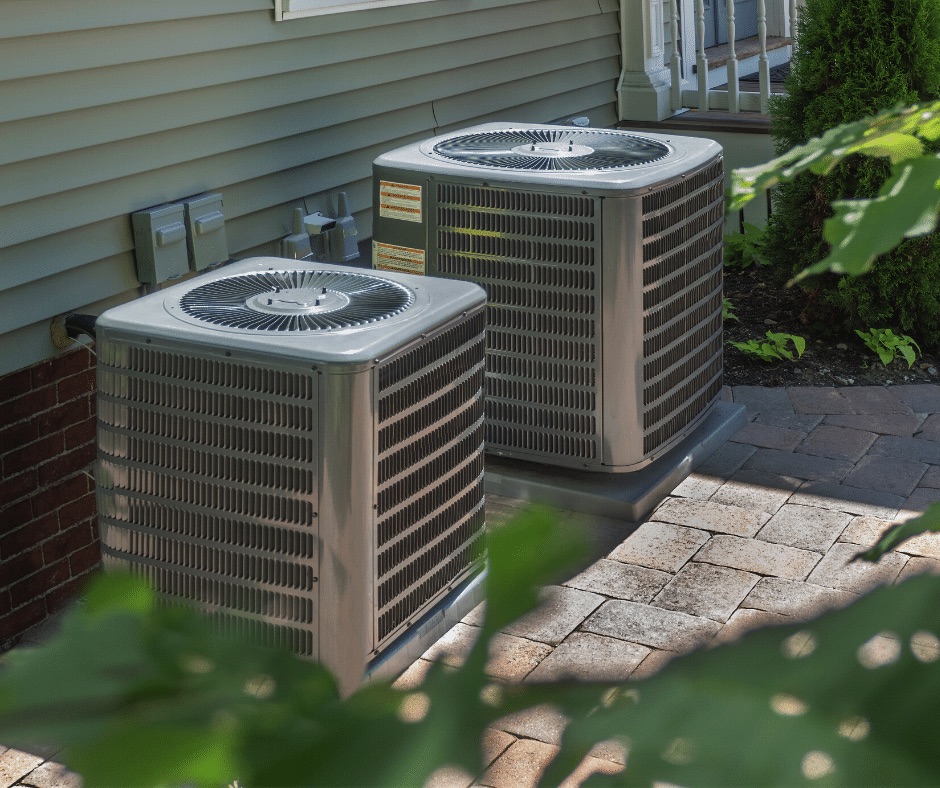
Let’s get to know the basics of how your HVAC system works. Then you’ll be able totruly know what to look for in order to spot problems.
7 internal components of the HVAC system work together to provide you with climate control. Here’s a brief explanation of all 7.
1. Thermostat
This is the part that you’re most familiar with. You probably interact with it every day, adjusting the temperature settings inside your house.
The display screen tells you what the current temperature is. It allows you to change the out-coming air from hot to cold, or vice versa. You do this by pressing up-and-down buttons or by turning a dial. Depending on your model, the screen may even display the date, time, and fan status.
When you change the setting, say from hot to cool, you hear a sound in your walls or ceiling. This sound is the result of the HVAC system pumping out air at a faster rate than before. It needs to draw more air inward in order to compensate for your change in setting.
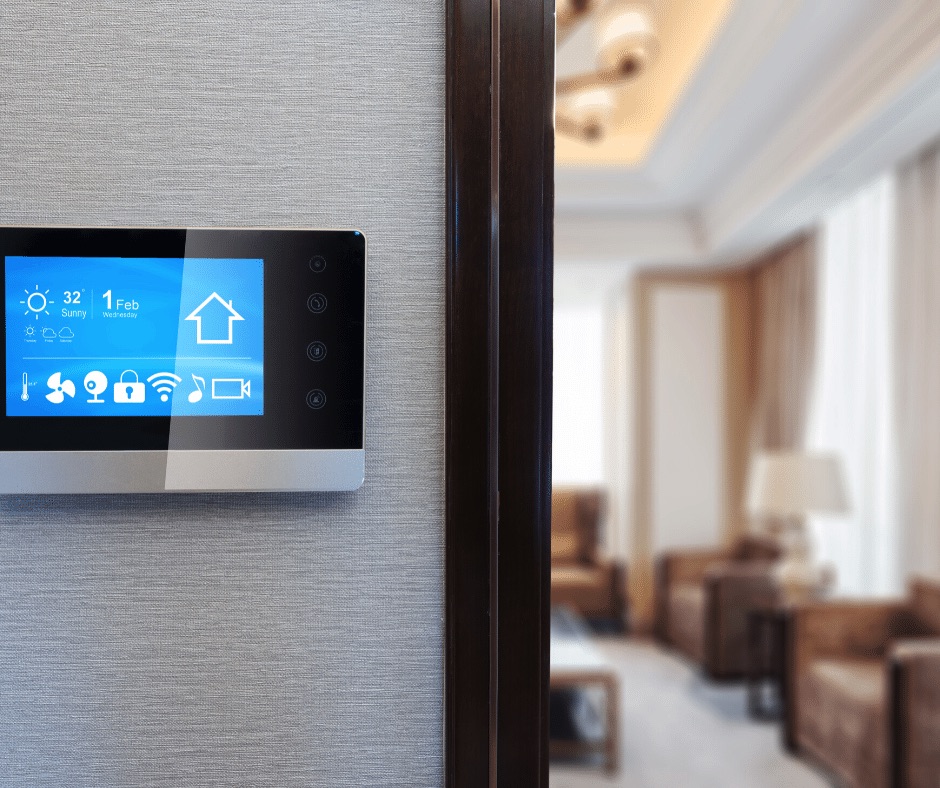
Here are some additional thermostat features that help us understand How does an HVAC system work?
Automatic Features
Most thermostats operate on an automatic timer. This allows you to preset certain information to make your life easier. For example, you can set your thermostat so that cool air is pumped through the house 30 minutes before you come home from work.
You can also use the thermostat to set automatic triggers. This means that when the temperature in the house reaches a certain number, it acts. Say you don’t want your house to ever drop below 68 degrees. The settings on your thermostat allow you to make sure this is accomplished.
The evaporator coil is activated when the house needs to cool down. And the heat exchanger is activated when the house needs to heat up. More on those components soon.
If you see the word auto on your display, that means an automatic feature is in currently in operation. Modern thermostats do their best to inform you of everything that’s going on with your HVAC system.
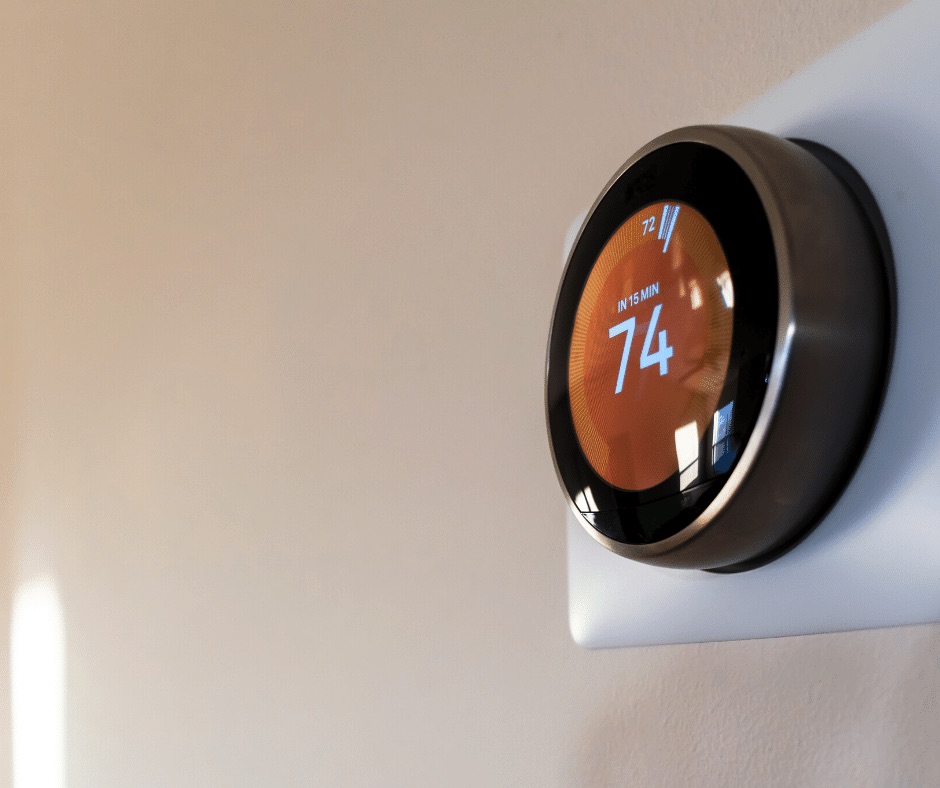
Thermostat tech has come a very long way in recent years. With the advent of smart technology, new features bring even more convenience.
What To Do About A Broken Thermostat
But what happens when the thermostat is broken and isn’t working as it should? This is obviously not good because the thermostat is the control center of the whole system.
If you can tell that something’s wrong with the thermostat, get right on it. Let this be your opportunity to upgrade to a newer version. Get in touch with a trusted HVAC company and have them install a new thermostat.
2. Furnace
Furnaces are often portrayed in Hollywood movies as noisy, basement-dwelling contraptions with fire inside. (Remember Home Alone?). Well, that’s just one kind of furnace and not the kind we’re referring to.
We’re talking about the large, cylindrical one you’re used to seeing in your house. Some modern furnaces do live in the basement, though. Garages and hallway closets are also common.
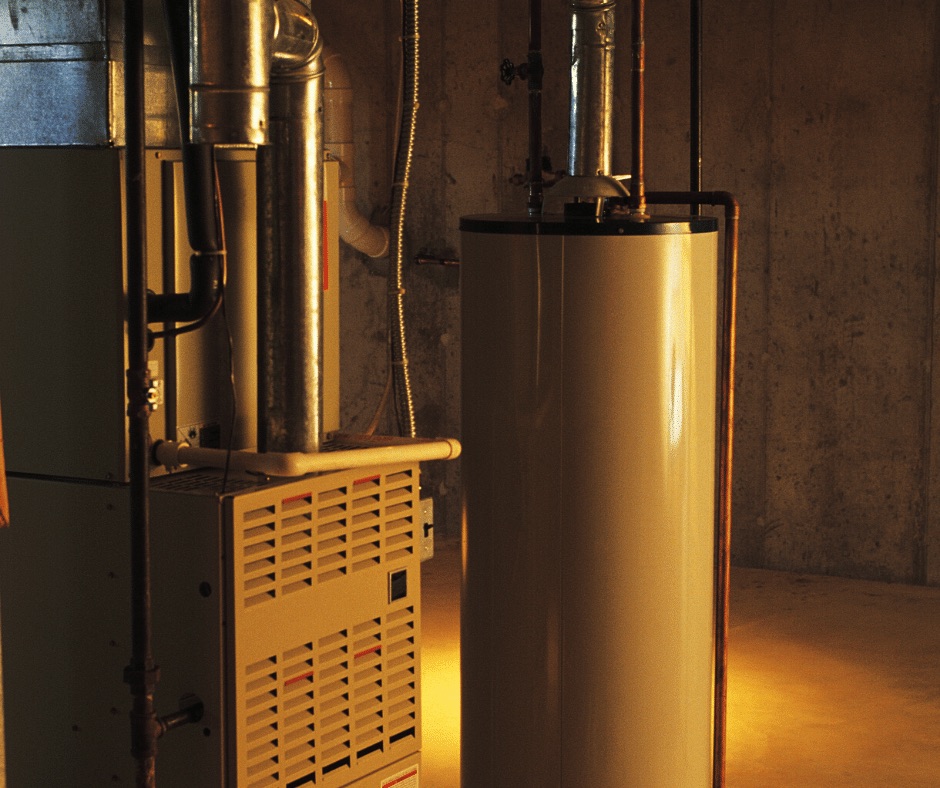
The purpose of the furnace is to heat up the air before it gets pushed through your home. Furnaces provide the heat while ducts and vents provide the air with transportation.
You could think of the furnace as the heart of your HVAC system. It’s that important. If your furnace stops working, there is no more temperature control. And that’s sort of the whole point of having an HVAC system in a house.
If you look at your furnace, you’ll see that it has tubes coming out of it. These are ventilation tubes. They connect the furnace to the ventilation ducts. This is how the air travels through your house.
Three Types Of Furnaces
There are three types of furnaces that are the most common today.
- electric resistance
- heat pumps
- combustion
Knowing each of these is important when answering the question how does an HVAC system work:
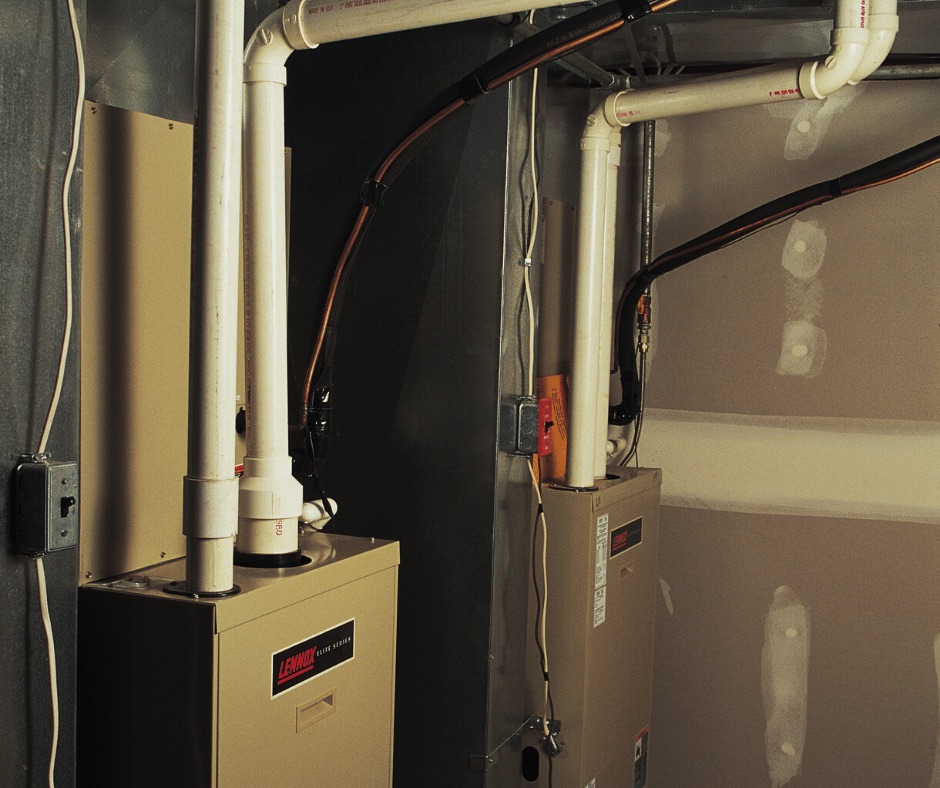
Electric Resistance
Electric resistance furnaces use electricity (surprise) to take in air. As it does this, it runs the air directly over electric resistance coils. These heated coils warm up the air. Then the air is pushed through the ducts and out the vents throughout your house.
These furnaces conserve energy by heating the air in stages. If an electric resistance furnace breaks, it’s often because of a blown fuse. This happens when too much power is used to heat the air instead of doing it in stages.
But if it’s working properly, this won’t happen because they’re designed to monitor the energy they use. It does this by using built-in sensors that are very sensitive. This feature is a great benefit of modern HVAC technology.
Heat Pumps
This type of furnace simply transfers energy. Meaning it takes warm (or cold) air and transfers it to another area. It uses condenser coils to heat up or cool down the air near the coils.
Heat pump furnaces are sometimes referred to as standard HVAC systems.
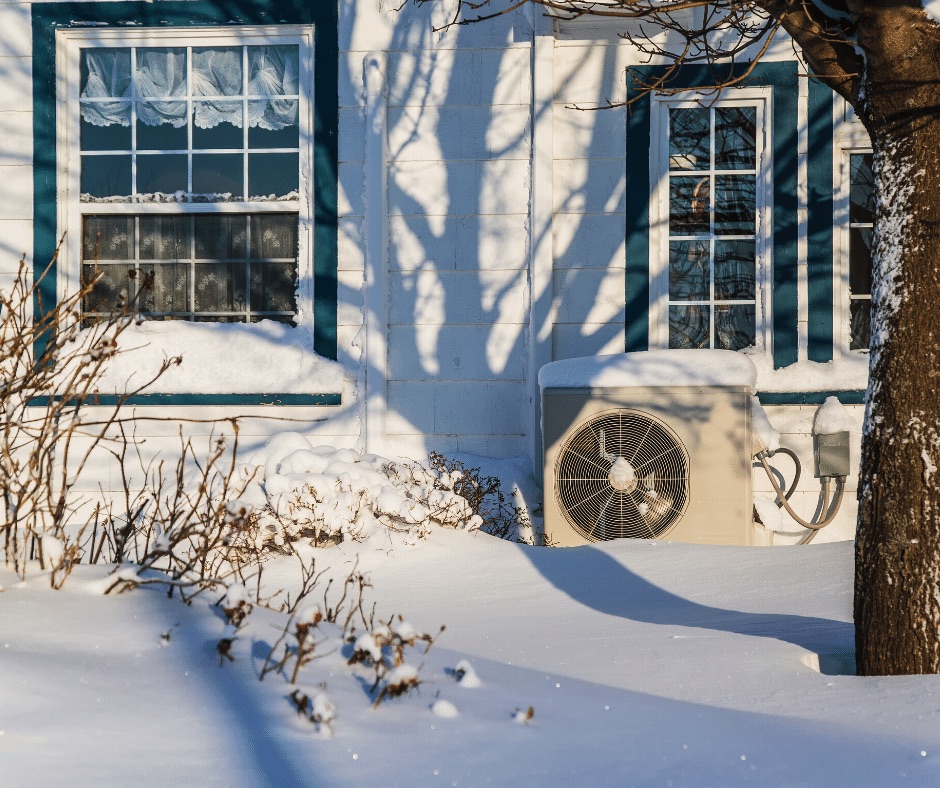
Combustion
These furnaces burn natural gas or propane as a means of producing heat. That air is then pumped through the vents of the home. Though effective, combustion furnaces cannot produce cold air. Only warm air.
Oh, and there’s a reason why furnaces are secured away from high traffic areas. They should never be toyed with. Children should be kept away and instructed not to mess with them.
Inadvertently changing settings, pulling levers, or disconnecting parts could be very dangerous. Even disastrous. If you suspect your furnace is malfunctioning, get in touch with an HVAC technician right away.
3. Heat Exchanger
This HVAC component does exactly what it’s name implies. It exchanges heat.
Inside the heat exchanger lies something called condenser coils (which we’ve mentioned already).
These coils are actually what does the heating. When you turn your HVAC system on (or it turns on automatically), this signals the condenser coils. If the temperature in the home falls too low according to your settings, the heat exchanger begins to act.
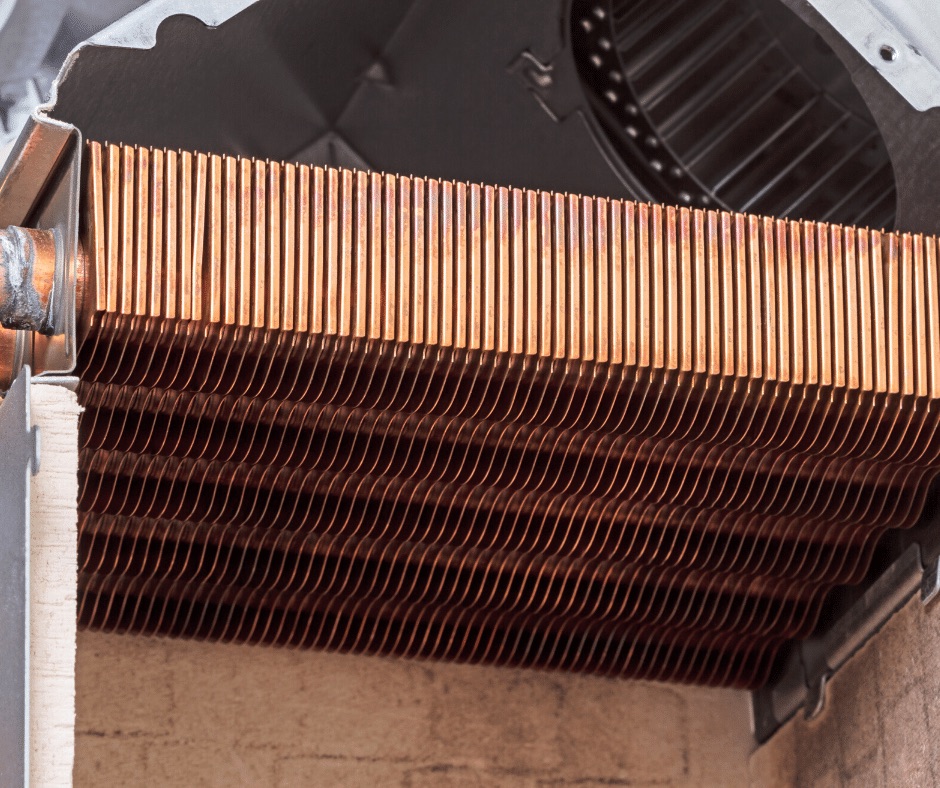
Vapor Compression
To cool the air down, the coils in the heat exchanger use a refrigerant. Usually chilled water. Through vapor compression, cold air is produced. The process involves causing the refrigerant to evaporate. But in order to evaporate, the surrounding air is drawn in.
Some HVAC systems use a manufactured refrigerant solution other than water. If so, these store-bough refrigerants usually have a lower boiling point. This means the system doesn’t have to use as much energy to boil the liquid and produce desired temperatures.
Learn more about vapor compression here.
If you suspect that your heat exchanger isn’t working right, call a professional. We recommend that you don’t try and fix it on your own. In order to repair heat exchangers, you need some technical knowledge on the subject.
Plus, you likely don’t have the proper tools to do the job. Most of them are special, commercial tools.
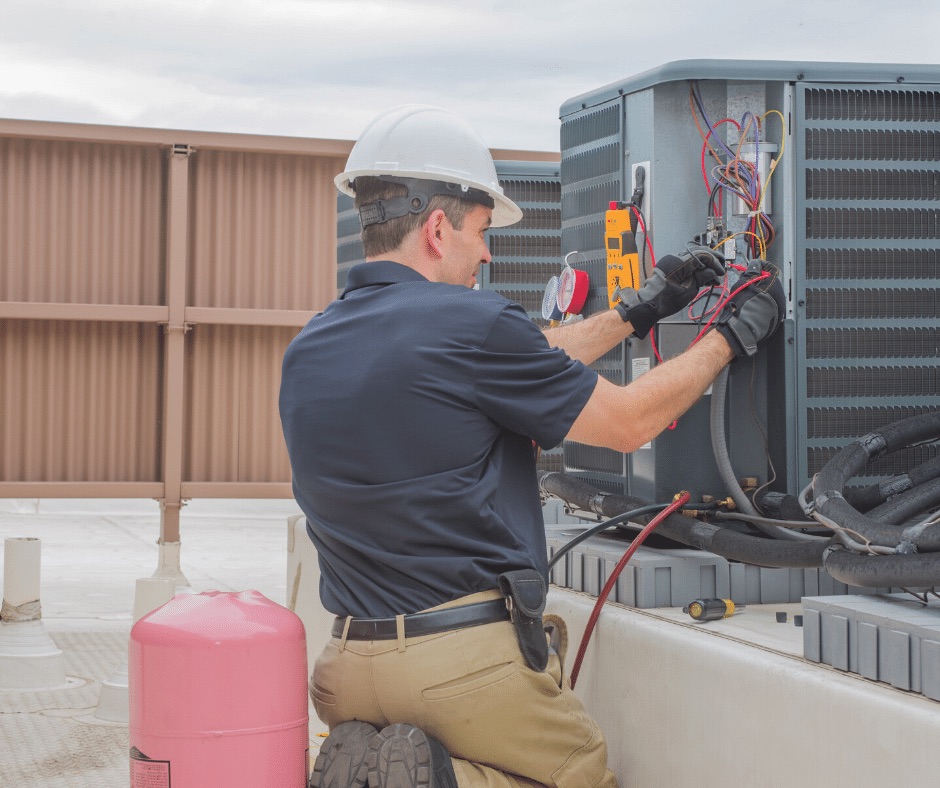
4. Evaporator Coil
This HVAC component hast to do to specifically with cooling, not heating. Evaporator coils take the surrounding air and remove the heat from it. It does this by evaporating the refrigerant which generates cold energy. That cold energy is then transferred to the surrounding air.
From here, the air is pushed throughout your house with blowers.
Also important to note is that most evaporator coils are made of copper. This is because copper is a great energy conductor.
Heat Pump/Evaporator Coil Hybrids
There are some HVAC systems that incorporate elements of heat pumps and evaporator coils. Instead of the evaporator coils performing a cooling function, they initiate the heat instead. The heat pumps function as previously explained.
Evaporator Coil Maintenance
When these coils stop working properly, it’s usually because they get dirty. This hinders their functionality because the air needs to make direct contact with the coils in order to be affected.
5. Ventilation
How does an HVAC system work? It doesn’t without vents. They provide transportation to the temp-controlled air so that it reaches all the rooms in your home.
Sometimes, when people refer to the vents, they mean only the metal grates were the air comes out. Other people use the word to mean the ducts and the vents together. Both uses of the word are technically correct because they’re all part of the ventilation system as a whole.
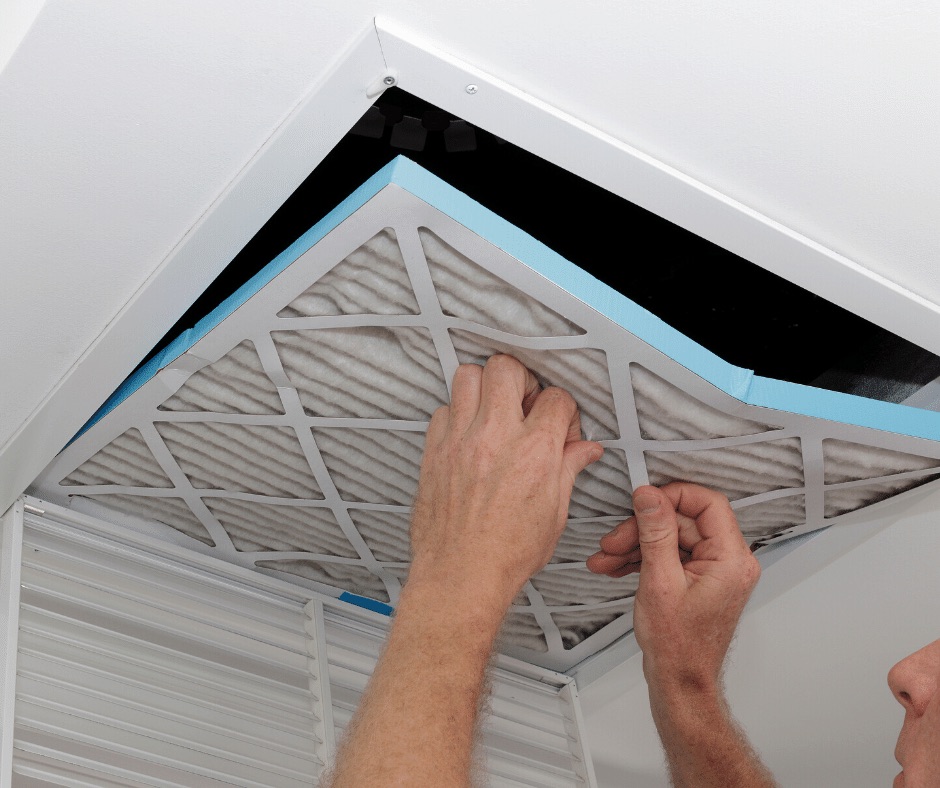
The rectangular vents throughout your house are located on the ceiling, walls, and floor. Most vents allow you to control the direction of the slats with a small lever. This lets you point the air in a particular direction if you want.
The metal that these vents are made out of is treated before they’re sold. They’re treated in a particular way so that they aren’t negatively affected by prolonged temperature change.
One thing you probably haven’t done but should do is oiling up the hinges on your vents. Unscrew the vents, take them outside, and spray a little bit of WD-40 on them. Let them dry and then put them back on. This will make them last a lot longer and prevent them from ever seizing up.
6. Ducts
These are big, lengthy tubes made from aluminum (kind of looks like tin foil). They are the roads that allow the treated air to travel throughout your home.
Because aluminum is a good insulator and it’s lightweight, it is a great conduit for air. Everyone once in a while you may see ducts made from something else. Some of these alternate materials are polyurethane, fiberglass, plastics, and polymers. However, aluminum is by far the most common.
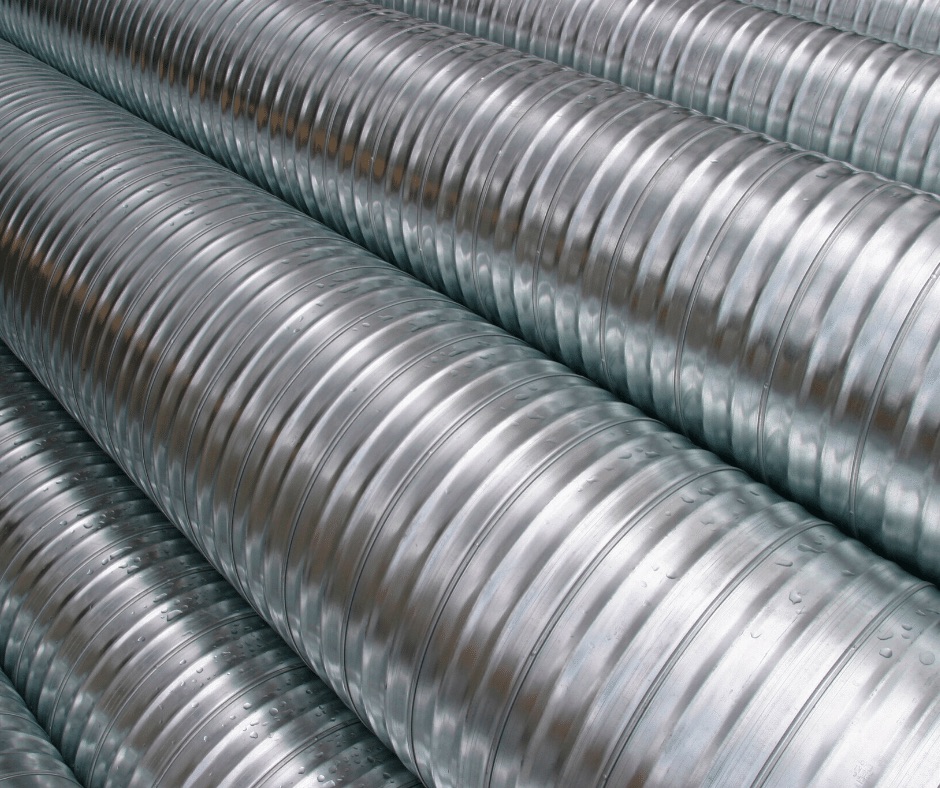
Like most anything, ducts wear out with age. Over time they develop small holes that allows air to leak through. But you almost never look at your ducts since they’re in the walls and ceiling. So leaky ducts may not be the first thing you think of when your HVAC system isn’t working right.
If you’ve ruled out other more obvious reasons why it’s not working properly, consider a problem with the ducts. Call an HVAC pro and have them take a look. They can perform a duct inspection.
In the meantime, don’t be afraid to use duct tape to patch up visible holes in the ducts.
Filters
There are lot of filters in your life. You have an air filter in your car. There’s one in your dryer. And there’s at least one in your house; perhaps more.
The air filters in your home (located on walls near the ground or the ceiling) need to be changed often. Ideally, every month or two. How clean or dirty your filter is determines how clean the air is when it passes through.
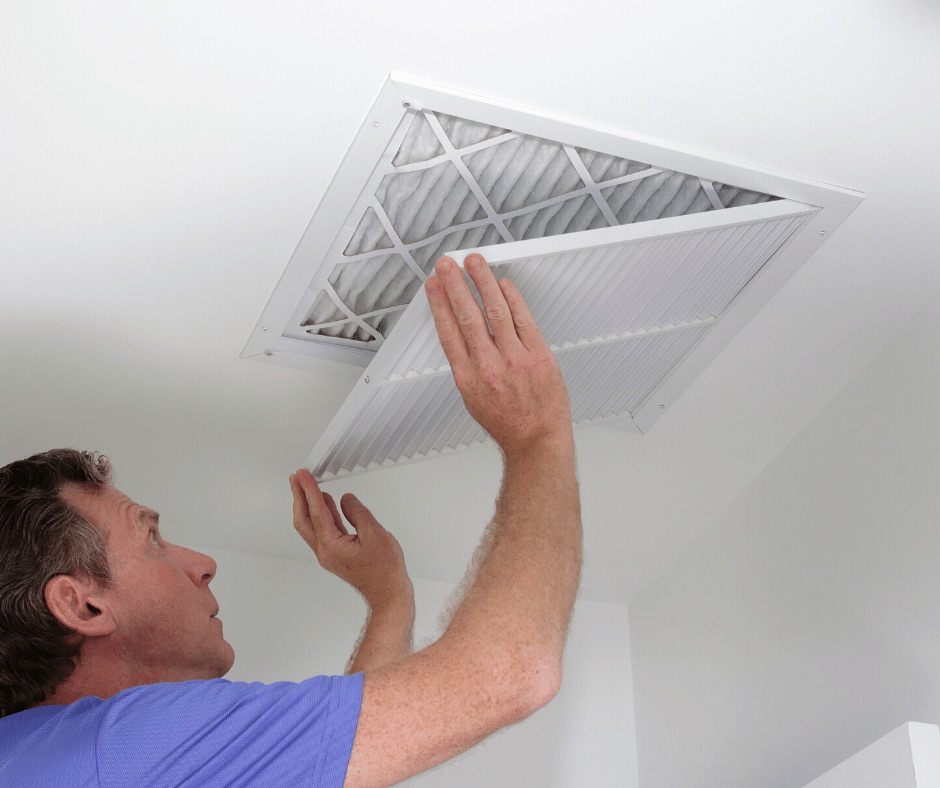
If your filter is dirty, your air is dirty. This is why filters are an integral part of how does an HVAC system work. Simple as that.
Open up the panel and take the dirty filter out. Put the new filter in its place. This will be sufficient in most modern homes. This keeps the air in your home from becoming dirty, full of allergens, etc.
How Does An HVAC System Work? (7 Internal Components Explained) – Conclusion
Now you know the basics. When a friend asks you how does an HVAC system work?, you’ll be able to tell them.
Do your best to take an assessment of your system every so often. The more diligent you are with preventative maintenance, the less you’ll spend in the long run.
